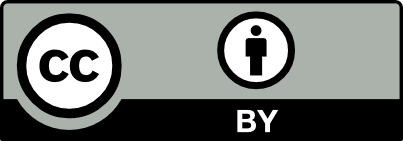09:00 – 09:30
Aim, Contents, Learning outcomes
Organization
Activity: Brainstorming 1.1
#1. Welcome participants, introduce the aim, contents and the learning outcomes of this module
Note: Present slides number 1, 2, 3, 4, and 5
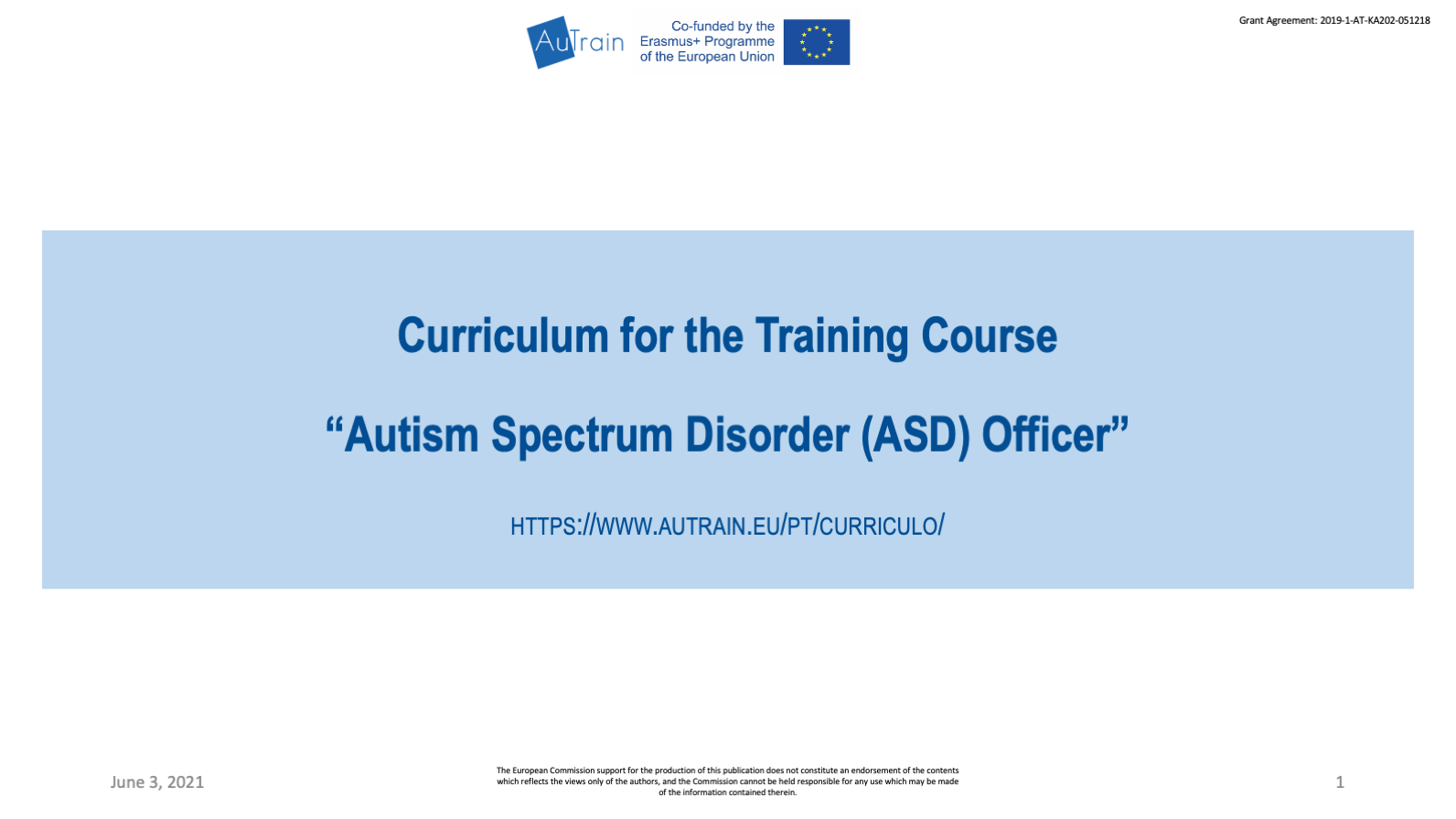
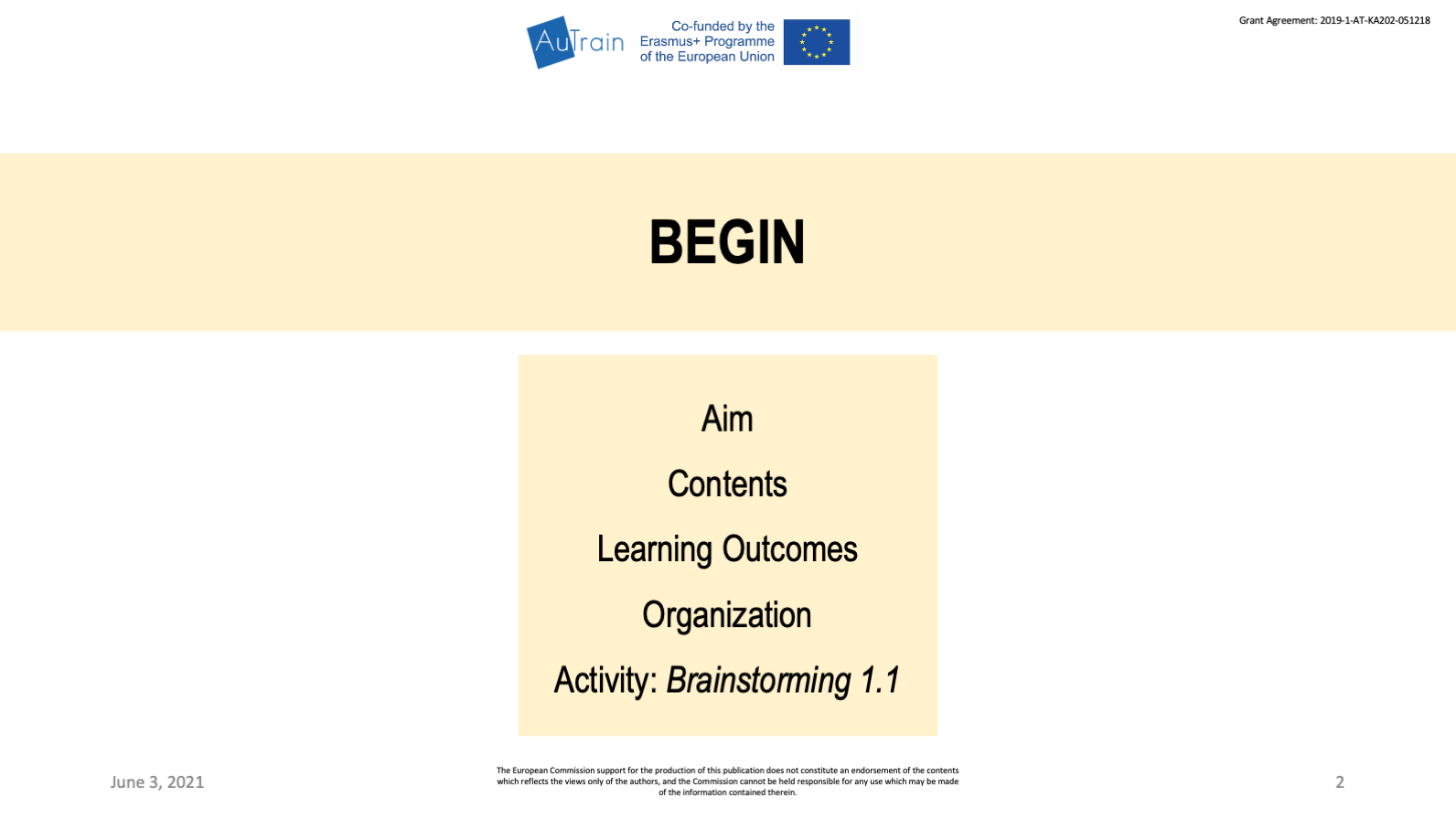
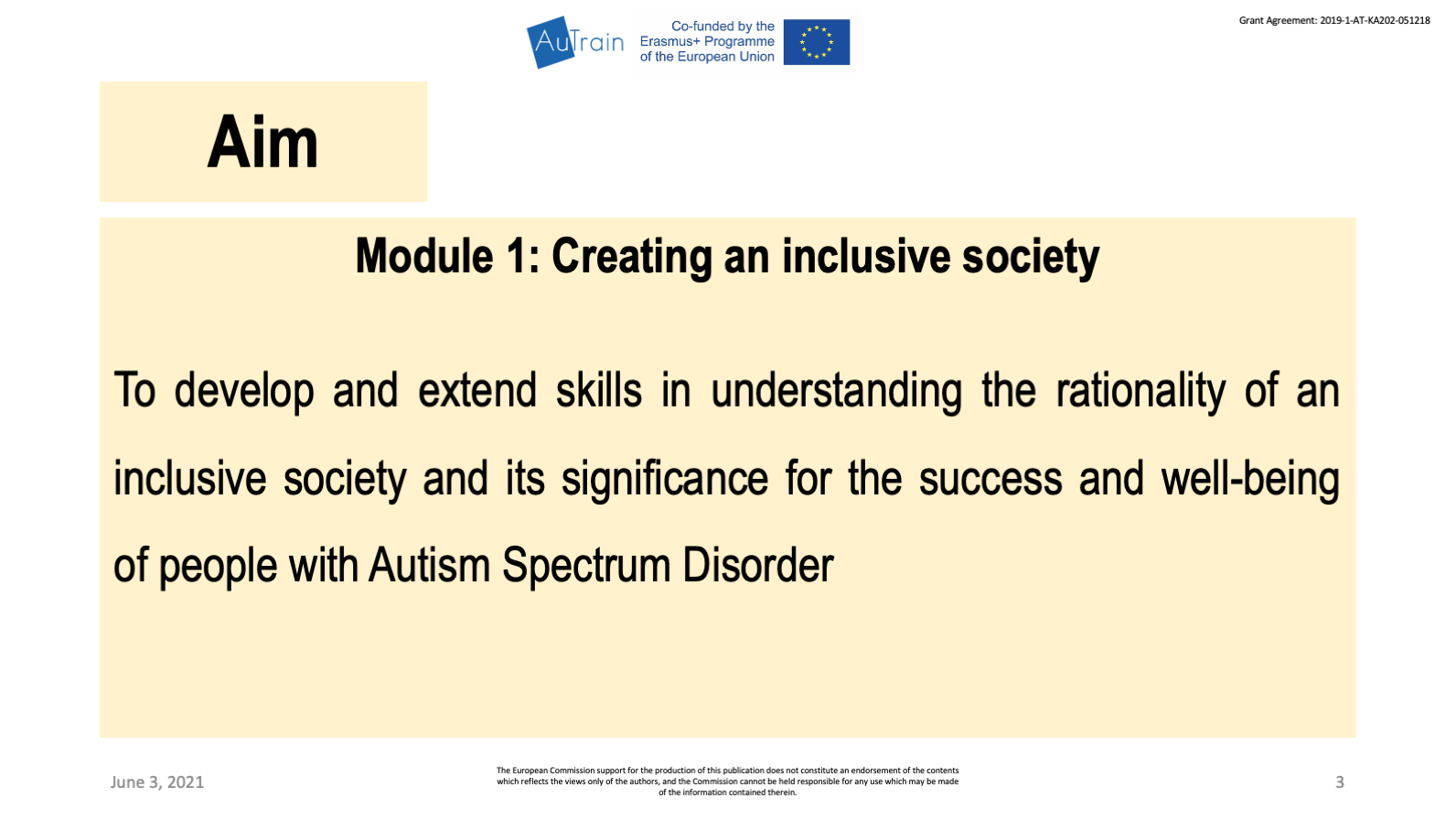
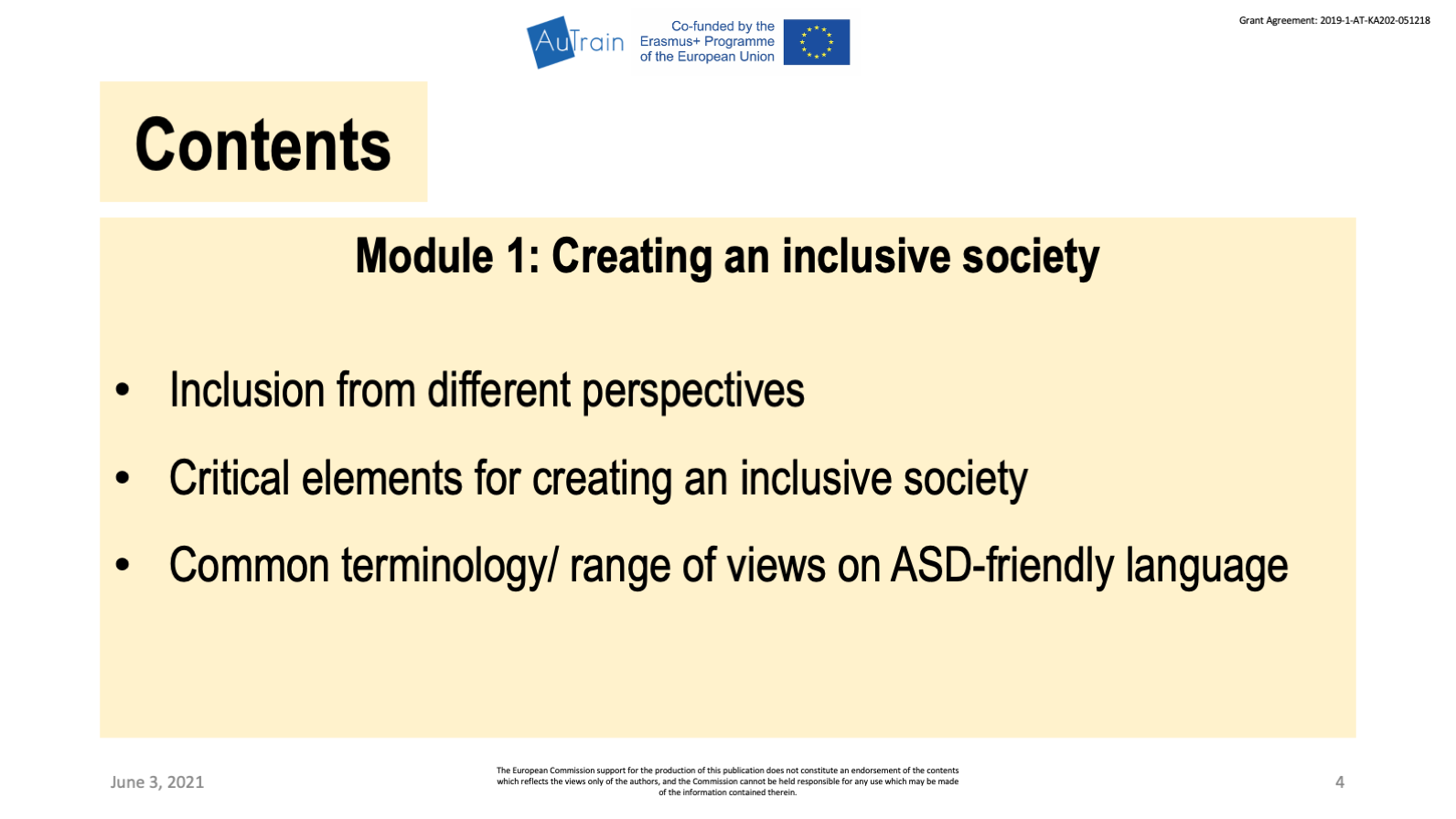
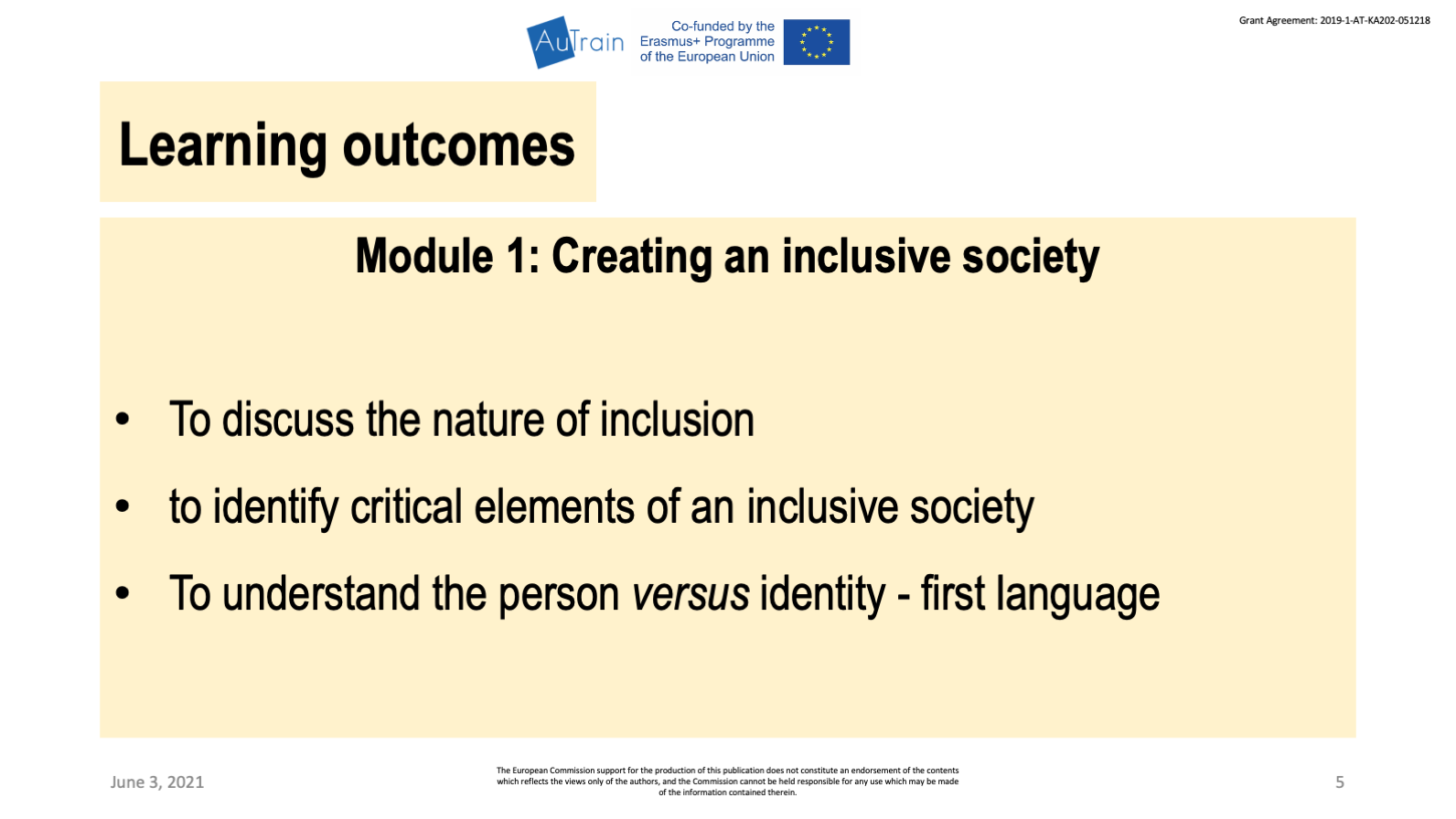
Aim
This first model aims to develop and extend skills in understanding the rationality of an inclusive society, and its significance for the success and well-being of people with Autism Spectrum Disorder (ASD).
Content
- Inclusion from different perspectives;
- Critical elements for creating an inclusive society;
- Common terminology/ range of views on ASD-friendly language.
Learning Outcomes
- To discuss the nature of inclusion;
- To identify critical elements of an inclusive society;
- To understand the “person” versus “identity” first language”.
#2. Plan with participants break times comfortably throughout the module and about instruction adaptations, if needed
Note: Present slides number 6 and 7
Organization
Present the overview schedule of the session and suggest a 30 minutes break or two breaks of 10 minutes each. Let the group decide.

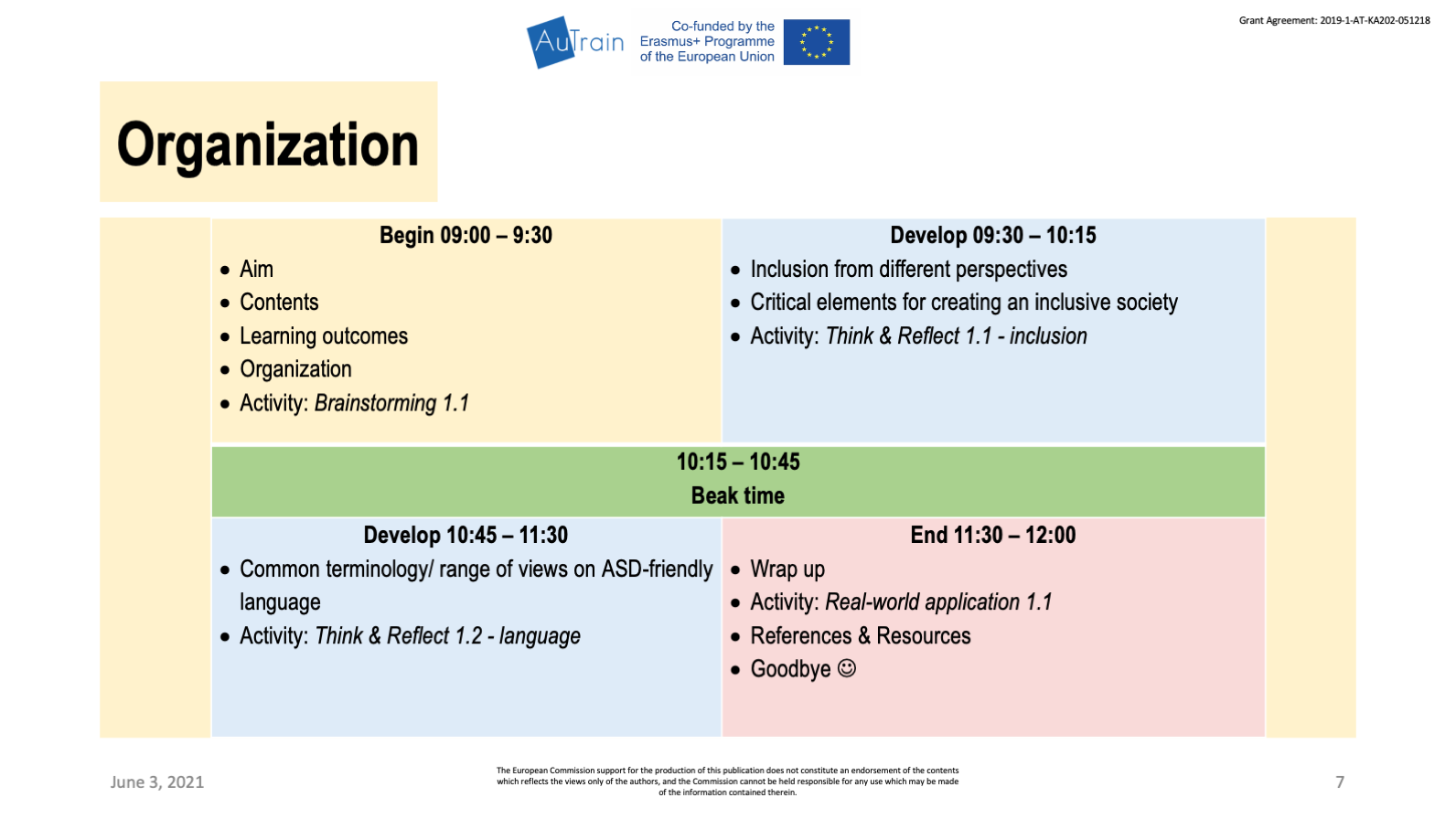
#3. Introduce and develop the Activity:
Brainstorming 1.1
Note: Present slide number 8

Introduce the Aim of the activity
This activity aims to support participants to generate ideas, events they’ve experienced, perspectives, facts they know about the topic of the module- Creating an inclusive society. Additionally, reflect about the sources of the topic that were generated.
Introduce the material: Pass out the Activity „Brainstorming 1.1“
Procedures
Tell participants to individually simply throw out thoughts (in the form of phrases, words, questions, perspectives, facts, events they’ve experienced etc.) that come to their mind. It is a word association activity. For example: what does the word “inclusion” make you think of? Thoughts can range from general topic ideas to subtopic ideas. Once ideas are listed /connected, individual ideas can continue to be broken down until you feel you have enough contents to start to develop the topic. Keep an open mind for all ideas – no idea is silly in brainstorming. Debate, summarize, map the ideas/perspectives in an all group discussion.
Reference: www.crk.umn.edu/units/writing-center/brainstorming


